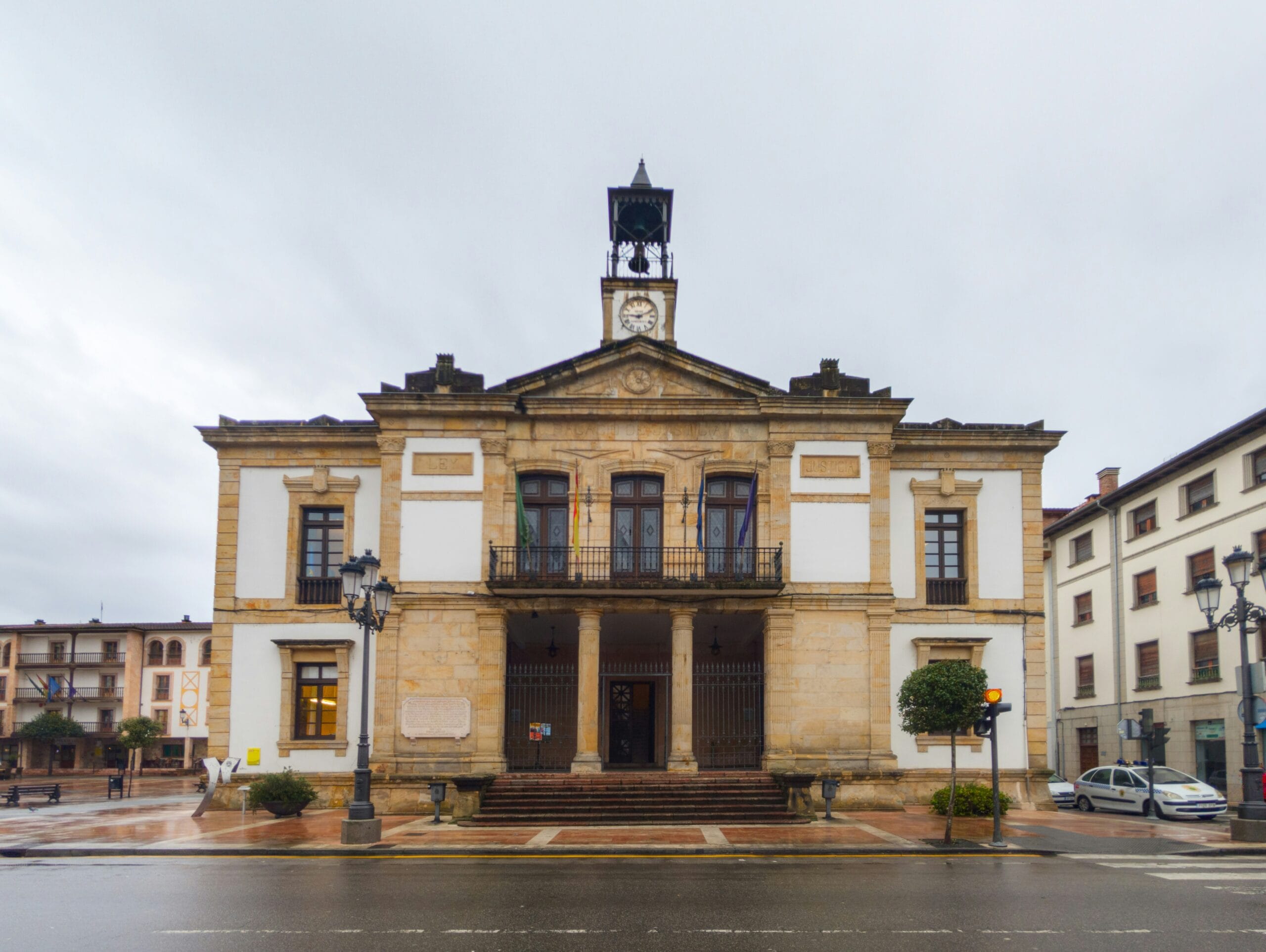The Beginnings: Indigenous Peoples and Early Settlement
The rich history of White Bear Lake, Minnesota, begins with its Indigenous inhabitants, primarily the Dakota and Ojibwe tribes. These communities thrived around the lake, which they revered not only for its natural beauty but also for its sustenance and spiritual significance. The lake served as a vital resource for fishing, gathering wild rice, and hunting, essential activities that supported the Indigenous way of life. The Dakota referred to the area as “Mníȟota” reflecting their deep connection to the water and land, integral aspects of their cultural identity.
The Dakota and Ojibwe tribes exhibited distinct yet complementary cultures. The Dakota tended to lead a more nomadic lifestyle, while the Ojibwe engaged in agriculture, cultivating crops such as maize, beans, and squash. The exchange of goods and ideas between these tribes was common, enhancing their survival and cultural richness. Their communal approach to living, which emphasized respect for nature and each other, fostered a strong, interconnected society. The significance of White Bear Lake to both tribes cannot be overstated; it served as a gathering place for ceremonies, storytelling, and social cohesion.
<pas 1800s="" 19th="" a="" altered="" among="" and="" arrival="" arrive,="" as="" bear="" become.="" began="" between="" both="" by="" century.
Economic Development and the Birth of a Community
The economic landscape of White Bear Lake, Minnesota, underwent significant transformation during the 1800s, laying the foundation for the vibrant community that would develop in the coming years. The establishment of industries such as logging and agriculture played a crucial role in shaping the local economy. The dense forests surrounding the area provided abundant timber resources, which became the backbone of the logging industry. Timber not only supported the construction of homes and businesses but also served as a vital export, bringing economic prosperity to the settlers.
Simultaneously, agriculture emerged as another key component in the economic development of White Bear Lake. The fertile soil in the area allowed settlers to cultivate various crops, contributing to food supply and enabling trade within the growing community. Farmers produced staples such as corn, wheat, and potatoes, which were critical not only for local consumption but also for export to neighboring regions. The interconnectedness of logging and agriculture created a symbiotic relationship that ensured the community’s survival and growth during these formative years.
The arrival of the railroad in the latter part of the 19th century marked a pivotal point for economic development in White Bear Lake. This transportation revolution drastically improved trade and accessibility, allowing local businesses to flourish and expanding market reach. The railroad facilitated the shipment of goods produced in White Bear Lake to distant markets, thus bolstering the local economy and attracting new residents seeking employment and opportunity. As businesses began to emerge – including general stores, mills, and service establishments – a sense of community developed among the settlers, creating a network of support that was essential for the region’s growth.
As the economy thrived, so did the population. The confluence of logging, agriculture, and transportation not only stimulated economic activities but fostered bonds among residents, who shared common interests and aspirations. In the midst of this economic development, the foundation of a thriving community was being established, one that would grow and adapt in the years to come.
Recreation and Social Life in 19th Century White Bear Lake
The 1800s marked a transformative period for White Bear Lake, Minnesota, establishing itself as a prominent social and recreational hub for both residents and visitors. The picturesque lake, with its serene waters and natural beauty, became a focal point for various leisure activities that appealed to a growing population. Boating and fishing were particularly popular, providing not only sustenance but also recreation for families and individuals alike. The pristine environment attracted those looking to escape the rigors of daily life, fostering a vibrant community spirit around these activities.
As the town developed, several entertainment venues emerged, including dance halls and resorts that were vital in shaping the social landscape of White Bear Lake. These establishments hosted events that drew in crowds, allowing residents to engage in social dances, gatherings, and celebrations. In addition to dance halls, lakeside resorts started to flourish, offering amenities for relaxation and enjoyment, thereby increasing the influx of tourists seeking leisure in this idyllic setting. These venues played a crucial role in fostering connections and community bonding among residents.
The social calendar for White Bear Lake during the 19th century was marked by numerous community gatherings, festivals, and agricultural fairs that celebrated local culture and traditions. Events such as harvest festivals highlighted the agricultural achievements of the community, while also serving as important occasions for social interaction. These gatherings not only reinforced local customs but also provided an opportunity for families to come together, share experiences, and strengthen neighborhood ties. Through these social events, the residents of White Bear Lake created a unique cultural identity that reflected their collective values and traditions.
In summary, the recreation and social life of 19th century White Bear Lake were characterized by a harmonious blend of outdoor activities and community-based events. This rich local history not only illustrates the importance of leisure in early American settlements but also underscores how these historical practices contributed to the town’s enduring legacy.
Marking Milestones: Historical Landmarks and Events
The 1800s marked a transformative period for White Bear Lake, MN, characterized by significant historical landmarks and events that have shaped the community’s identity. As settlers ventured into the area, they established vital institutions that laid the foundation for modern White Bear Lake. Among the first of these landmarks was the establishment of schools, which played a crucial role in fostering education and community spirit. The first school, built in the early 1860s, became a central hub for families in the region, symbolizing a commitment to education that continues to this day.
Religious institutions also emerged as critical elements shaping the social fabric of White Bear Lake. The establishment of the area’s first church in the late 1800s served not only as a place of worship but also as a venue for social gathering and community events. This institution attracted both settlers and Indigenous peoples, reflecting the area’s diverse demographic makeup and contributing to a sense of unity and mutual support among residents.
Key figures played an instrumental role in the development of the town. Influential leaders, such as John H. Dorsey and Mary R. Smith, were pivotal in advocating for improvements and establishing lasting institutions. Their contributions extended beyond mere building projects; they fostered community engagement and facilitated the exchange of ideas that propelled White Bear Lake forward.
Landmark buildings, including the century-old White Bear Opera House, and sites such as the historic Clarke House, serve as testament to the architectural and cultural evolution of the area. These structures not only offer glimpses into the past but also encompass the aspirations of early settlers during a time of rapid development. The legacy of these events and institutions has profoundly influenced White Bear Lake’s identity and continues to resonate within the community today.



0 Comments